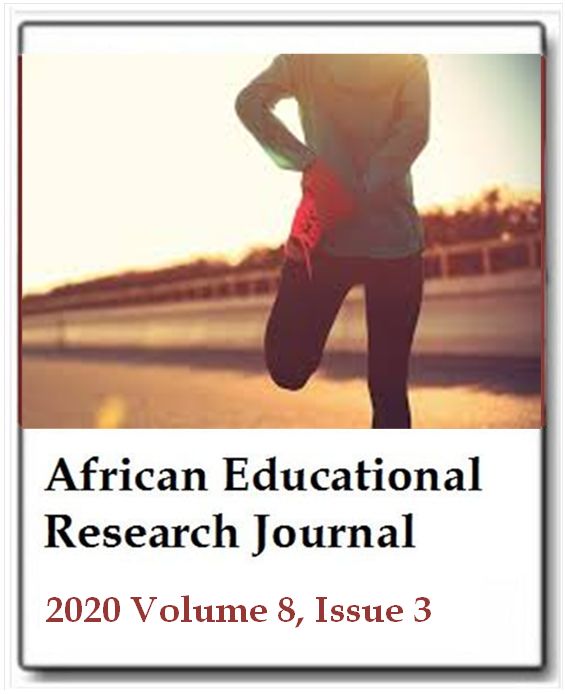Variation of physical characteristics, aerobic and anaerobic powers depending on sprinting ability of recreational athletes
Huseyin Aslan and Mehmet Akif ZiyagilAfrican Educational Research Journal
Published: August 10 2020
Volume 8, Issue 3
Pages 525-532
DOI: https://doi.org/10.30918/AERJ.83.20.105
Abstract
The appropriateness of training goals is important in single session of combined training. Thus, this study aimed to investigate the variations of physical characteristics, aerobic and anaerobic powers depending on sprint speed level (SSL) in recreational male and female athletes. This study consisted of a total of 586 young adults including 424 males and 162 females. A 12 minutes run test for aerobic power, vertical jump test for anaerobic power, 100 meter sprints, body height, body weight, and anthropometric measurements including trunk and leg length were taken respectively. This study showed that the 90th percentile sprint speed male group (NPSSG) is younger, taller, heavier and longer legged than the others while female NPSSG is younger, longer legged and lower trunk/leg length ratio than the other athletes (OA). Male NPSSG had the slightly lower maximum VO2 value than the OA. In contrast, female NPSSG had higher VO2max than OA. Similarly, male and female NPSSG with higher vertical jump score had a higher anaerobic power than OA. SSL was negatively correlated with aerobic power in males while SSL was positively correlated with aerobic power in females. Clearly, SSL were not only significantly correlated with the vertical jump score but also with anaerobic power as well as leg length in both genders. It can be concluded that the physical fitness profile differentiated depending on SSL in male and female athletes. There are positive correlations between anaerobic performance and SSL in both genders, and a positive correlation in females and negative correlation in males were observed between SSL and aerobic power.
Keywords: Aerobic power, anaerobic power, sprint speed, vertical jump, anthropometry.
Full Text PDFThis article is published under the terms of the Creative Commons Attribution License 4.0

